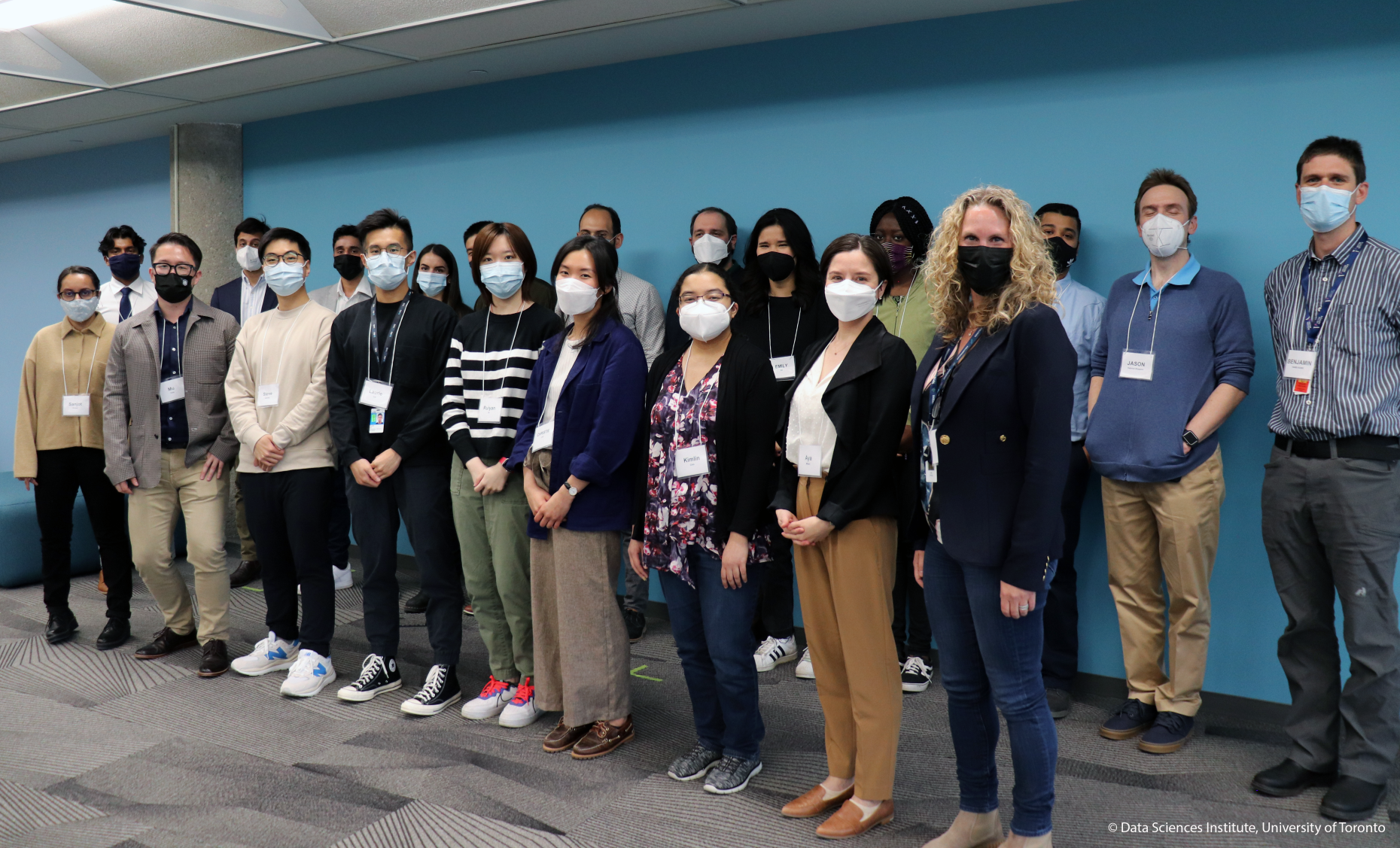The Data Sciences Institute recently held a competition for Seed Funding for Methodologists. This funding is designed to catalyze new Collaborative Research Teams and encourage new partnerships between data science methodologists or theorists and applied researchers. Data science is inherently interdisciplinary and building capacity in data science has the potential to advance research frontiers across a broad spectrum of fields.
“This competition was about uniting cutting-edge methodologists with applied researchers to form new collaborations. By presenting and bringing to the fore innovative methodological and theoretical work, our goal is to ensure that new Collaborative Research Teams are forged with new and unexpected connections,” says Michael Brudno, professor at the Department of Computer Science, Faculty of Arts & Science, and chief data scientist at the University Health Network.
“Imagine that you have this amazing new hammer that you spent ages perfecting. But you are missing the nails on which to use your hammer. This seed funding is about finding those nails,” says Eyal de Lara, professor at the Department of Computer Science, Faculty of Arts & Science.
Presenting the three inaugural methodologists
Aya Mitani, from the Dalla Lana School of Public Health, is developing a methodology that applies multilevel matrix-variate analysis to longitudinally collected dental data while accounting for correlation. The unique correlation structure of teeth provides an excellent application area, and Mitani aims to connect with researchers and oral health practitioners to prevent and manage oral diseases with greater precision, improving oral and general health outcomes across populations by applying these new methods and tools.
Linbo Wang, from the University of Toronto Scarborough, Department of Computer and Mathematical Sciences is developing innovative tools to find causal relationships with observational and/or experimental datasets. These new tools will allow researchers to better understand the underlying causal mechanisms and help decision-makers make more informed decisions. There is broad and impactful potential for the application of these methods.
Murat Erdogdu, from the Faculty of Arts and Science, Department of Computer Science and Statistical Sciences is developing theoretical tools to compute the asymptotic generalization error of certain overparameterized estimators and characterize the convergence rate of overparameterized neural networks beyond the kernel regime. This new theoretical tool will enable researchers to more carefully develop machine learning models that take their model’s limitations into account, across many application areas.
Showcasing innovative data science methodologies
One key deliverable for this award is that recipients present their methodology or theory focusing on building new applied collaborations.
Join us on June 16 for a discussion on potential application areas as Mitani, Wang and Erdogdu present their innovative methodological techniques. We welcome applied researchers from any discipline interested in learning more about how these methodologies might be applicable to their research.

